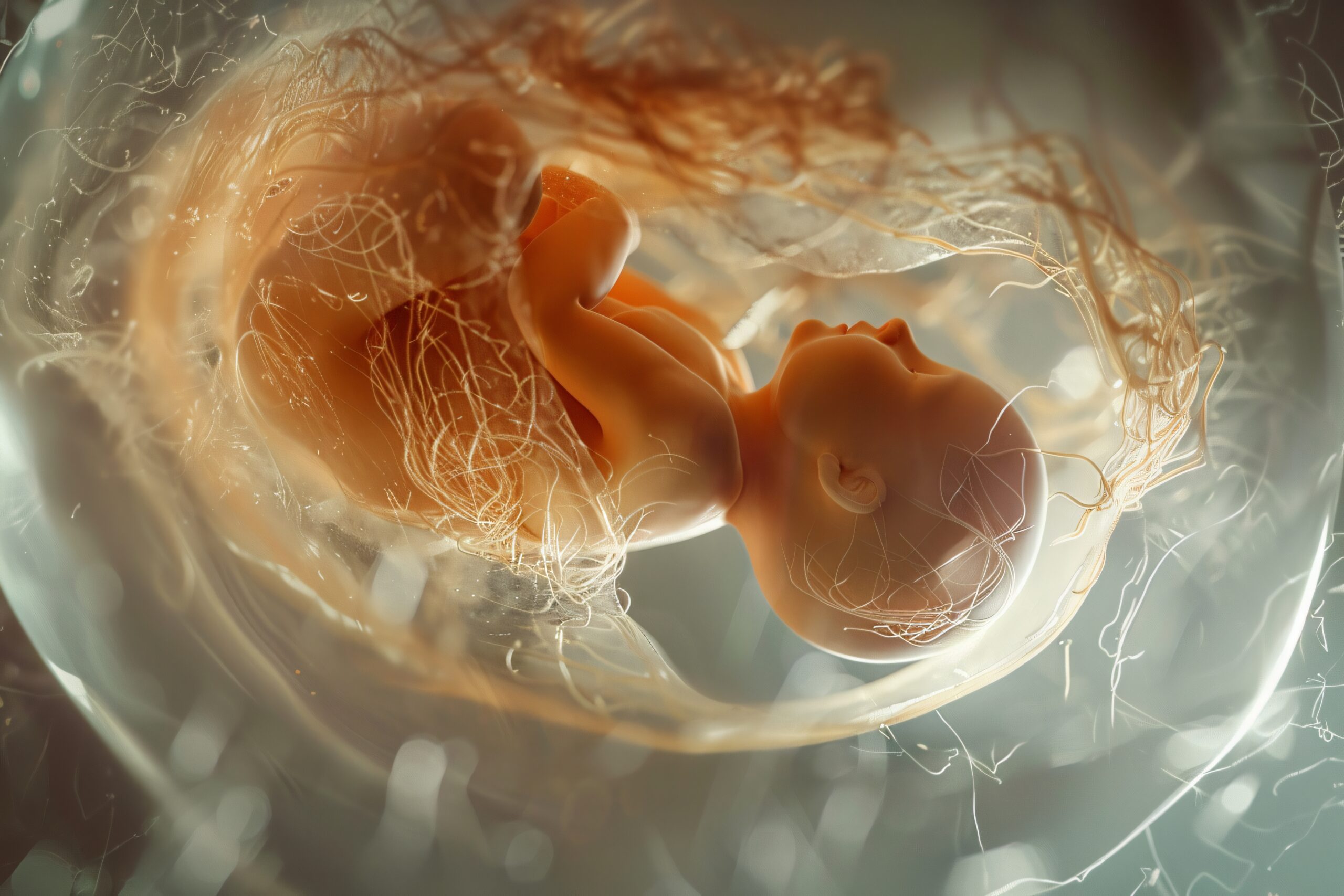🎧 Listen to: The placenta must be buried in a secret location, or the child will fall sick is false

The placenta must be buried in a secret location, or the child will fall sick is false
How widespread is the taboo?
Imagine this: A baby is born, and while everyone is celebrating, the elders are whispering, “Where is the placenta? We must bury it in a secret spot, or the child will fall sick!” Some even insist it must be buried near a tree, or wrapped in special cloth. In many African cultures, the placenta isn’t just an organ, it’s seen as a spiritual twin to the baby.
Why does it exist?
Long ago, people didn’t understand the placenta, it looked strange and appeared after birth, so they thought it had magical powers. Many feared that if it wasn’t buried properly, witches or enemies could use it to harm the baby. Others believed poor burial could cause sickness. While this made sense back then, science now proves these fears wrong.
What is the impact of the myth?
- Parents worry unnecessarily about placenta rituals instead of focusing on newborn care.
- In some places, unsafe handling of the placenta can spread infections.
- Fear of breaking the ‘rules can lead to stress and anxiety, especially for new mothers.
How can we combat the myth?
- Teach people that the placenta is a temporary organ that nourishes the baby—its disposal has no effect on health.
- Encourage hospital deliveries, where placentas are handled safely.
- Reassure families that a child’s health depends on care, not burial rituals.
What is the bottom line?
How a placenta is disposed of doesn’t affect a child’s health. What truly matters is good nutrition, vaccines, and hygiene.
